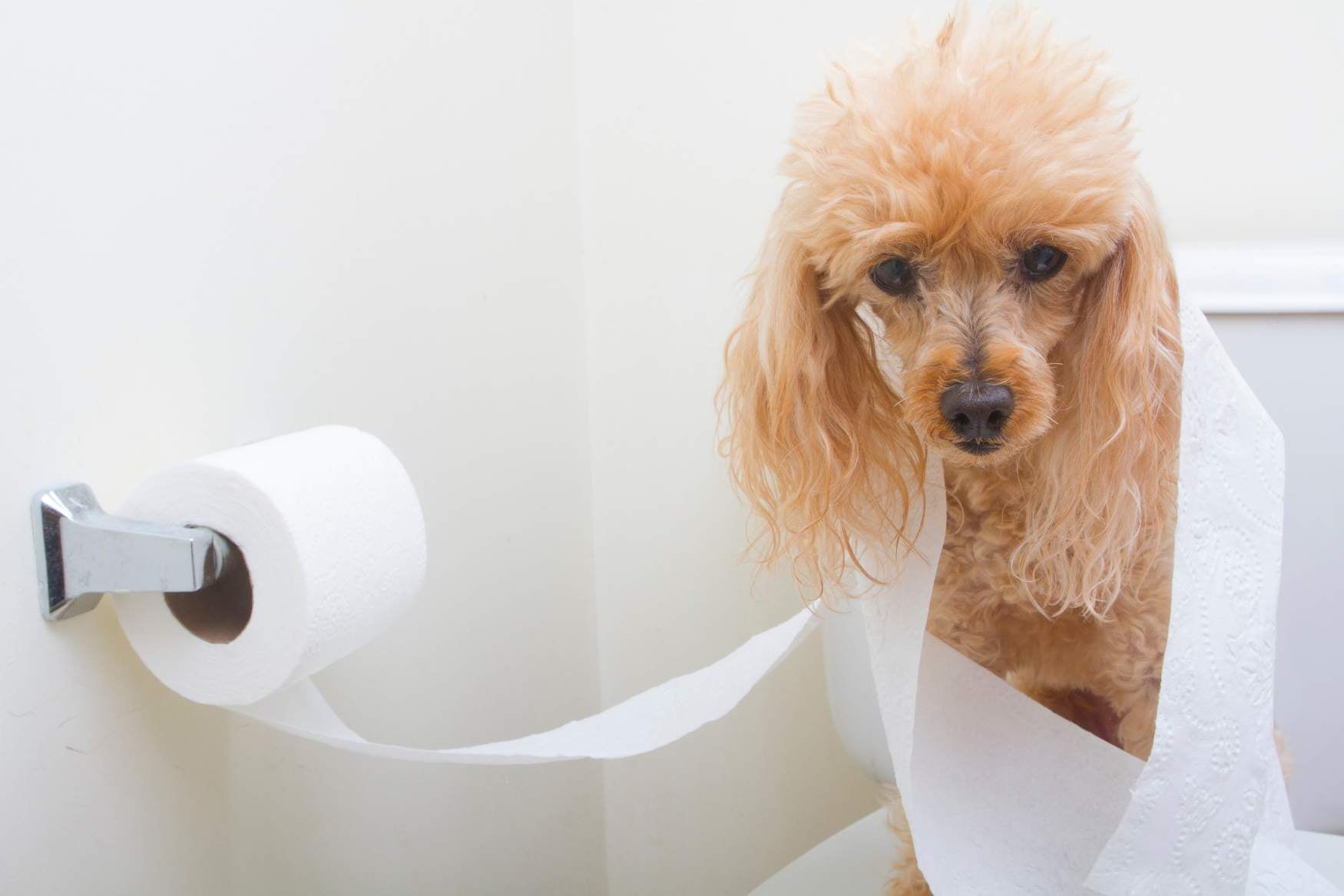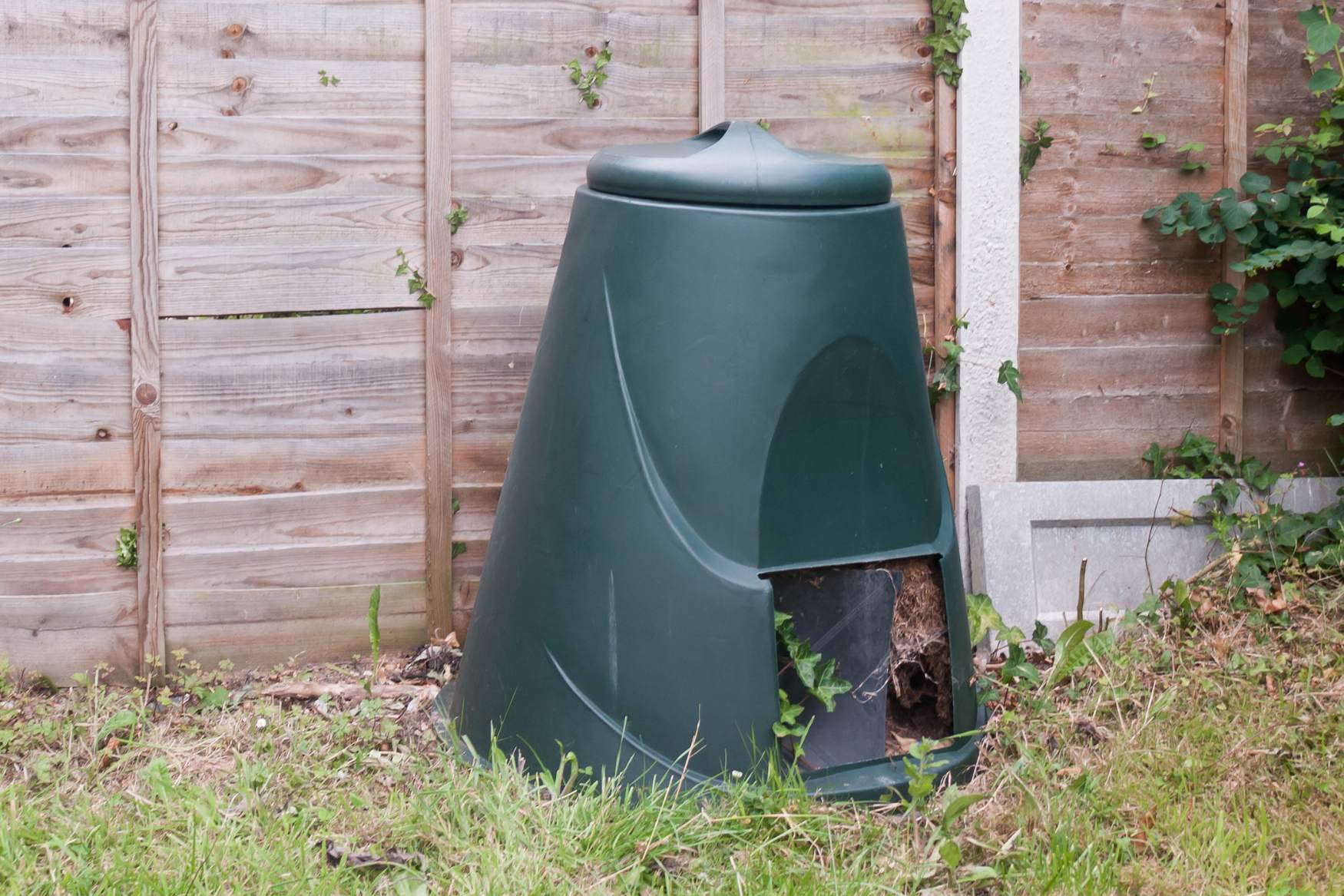What To Do If Your Dog Becomes Incontinent: 10 Steps
1. If your pooch is suddenly leaking or peeing in the house, be sure to take him/her to your vet as a first step, as there are many potential causes of this. This includes (and is not limited to) a urinary tract infection, drinking more due to other health conditions, true incontinence, and behavioural issues.
2. Once a diagnosis of true urinary incontinence is made (lack of bladder control), medical treatment can sometimes help. Such medication may not fix your dog’s incontinence completely, but it may reduce the amount of dribbling at home, making management easier!
Check what options you have with your vet
3. If your dog only leaks when at rest or asleep, placing an incontinence mat or pad down where he/she regularly sleeps would be sufficient in protecting your home surfaces.
4. Keep your dog’s skin and fur dry of urine. Incontinent dogs are at risk of developing skin rashes and infections if their fur and skin is moist with urine for long periods. Gentle daily cleaning with a damp sponge or cloth can help! Dry after with a clean towel. For dogs with long coats, consider keeping the fur around the area short.
5. Like a puppy, an incontinent dog may need more frequent toilet trips. Consider taking your pooch out for short walks more often or giving them constant access to a garden. If that isn’t feasible, you can train them to use this pad indoors like a puppy. Fix the pad in a specific place and encourage them to use it.
6. Remember your dog’s emotional state – an adult housetrained dog often feels embarrassed peeing indoors, as they know they shouldn’t. As they can’t help it, it is important not to scold or punish - instead, bring them outside for toilet trips more regularly, or train them to use the pad indoors (tip 5).
7. There are many natural dietary supplements that promote good urinary health. This may be worth adding in to your management plan as it reduces the risk of other urinary issues developing, such as infections. Ask your vet for recommendations.
8. Optimise incontinence pads and dog nappies. These can be used together, catering for different situations. If your dog has a constant small dribble of urine, a nappy may be more suited to allow for normal day to day life. However, as nappies have a more limited holding capacity, use the pad for when your pooch is sleeping/resting (as in tip 3).
9. If using nappies, these need to be monitored and changed regularly for reasons in tip 4. It is important to schedule nappy-free time outdoors to give your pooch’s skin time to dry and air out.
10. Accept there will be accidents. With a good management plan, these may be kept to a minimum, but sometimes it can’t be helped. Many enzymatic cleaners are available to remove stains and odours from your home surfaces.






